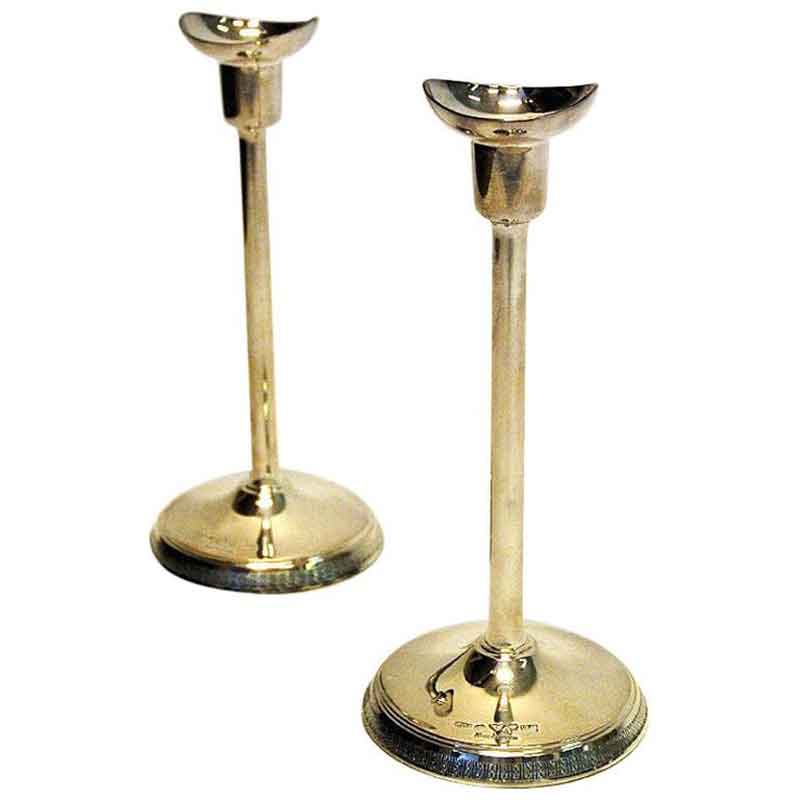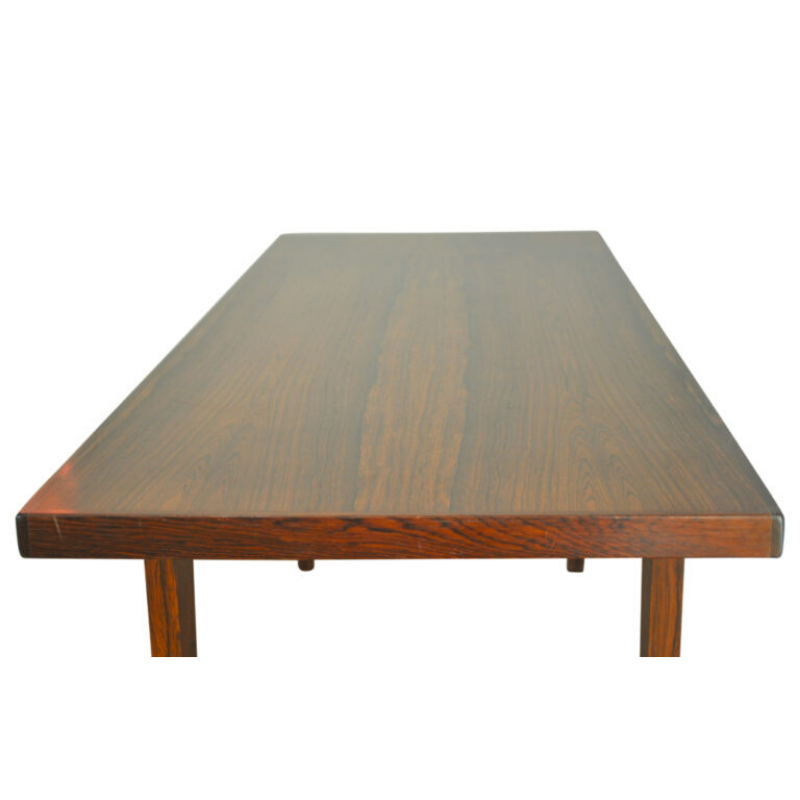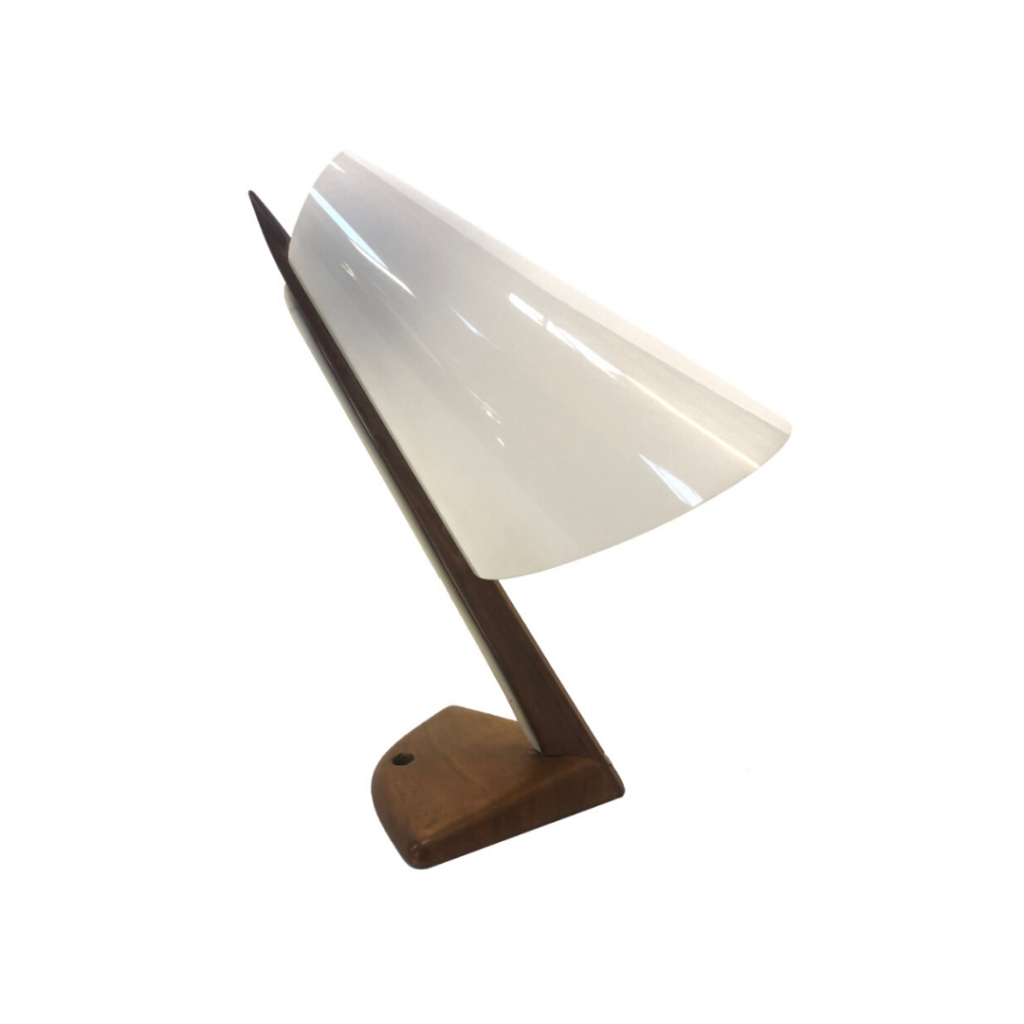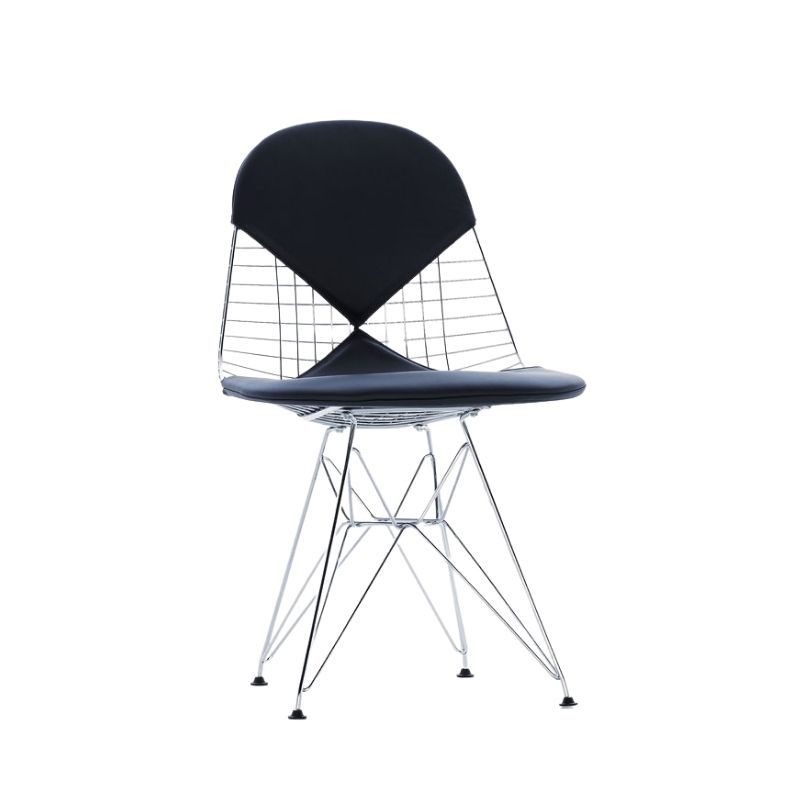Old-timer's oil finish application protocol: "Once a day for a week, once a week for a month, once a month for a year, once a year for life." Seems like a good argument in favor of varnish to me.
I was trained to apply a quality paste wax over fully-cured oil as the final treatment on fine furniture and do so on my own. Others argue against wax for a variety of reasons. There's really no right or wrong answer. YMMV.
Assuming you're in the US, where did you buy Scan-Care Teak Oil? I've searched without luck for an MSDS for it.
http://www.designquest.biz/pc/SC12MTEAK/Care-Products-Cleaning/SCAN+CARE...
That's where I got the teak oil. I really like the look of it. I cleaned the chair with mineral spirits and 0000 steel wool first. The arms were filthy and I lost some of the light sheen the rest of the chair has by having to clean it so aggressively. I might just wax the arms once the oil has cured for a week or so. I should probably have sanded the arms with a very fine grit, but I was worried there would be a color match issue with the rest of the chair darkening some with age. The color evened out with the oil after several coats and I am happy with it apart from the sheen.
Emily
For future reference, most grime will come off with just oil and #0000 steel wool. No need to use other stuff that ends up drying the wood out. I've used straight teak oil on wood that was nearly black with grime and it cleaned up easily. Grime of the sort that you see on chair arms and dining chair backs and sides (all the places where hands touch) has a component of fat itself, and teak oil loosens this up. You will probably want to do a second application after all the crud from the first one is wiped away just to get any remaining film off, but then it's pretty much done.
I wouldn't use an oil that contains varnish, but only because I can picture trace amounts of grime hardening in the new finish and that kinda grosses me out. But you can always just do a final application of varnish type oil if you want, once the wood is clean.
I think waxing the arms is a good idea. It will afford additional protection, help to even out sheen, and just feels good to touch. When it comes time to reapply, a quick rub down with a little naphtha or mineral spirits on a clean cotton or, better, linen rag will remove any remaining previous application of wax and accumulation of grime without disturbing the underlying oil, though this step is often unnecessary with regular maintenance. For sculpted surfaces, I like a horsehair shoe brush for buffing wax and, FWIW, I also like Renaissance synthetic wax for applications like this.
If you need any help, please contact us at – info@designaddict.com









